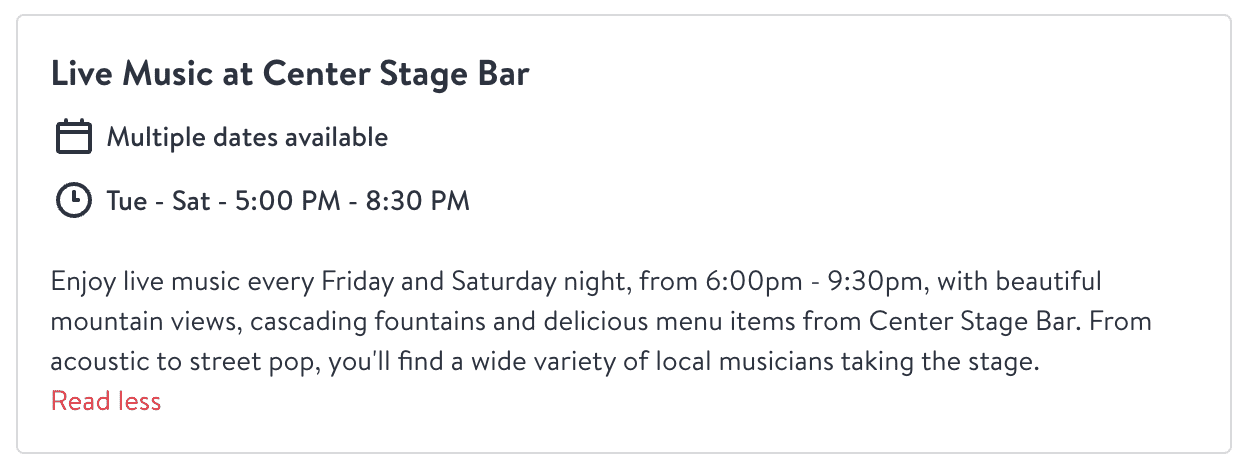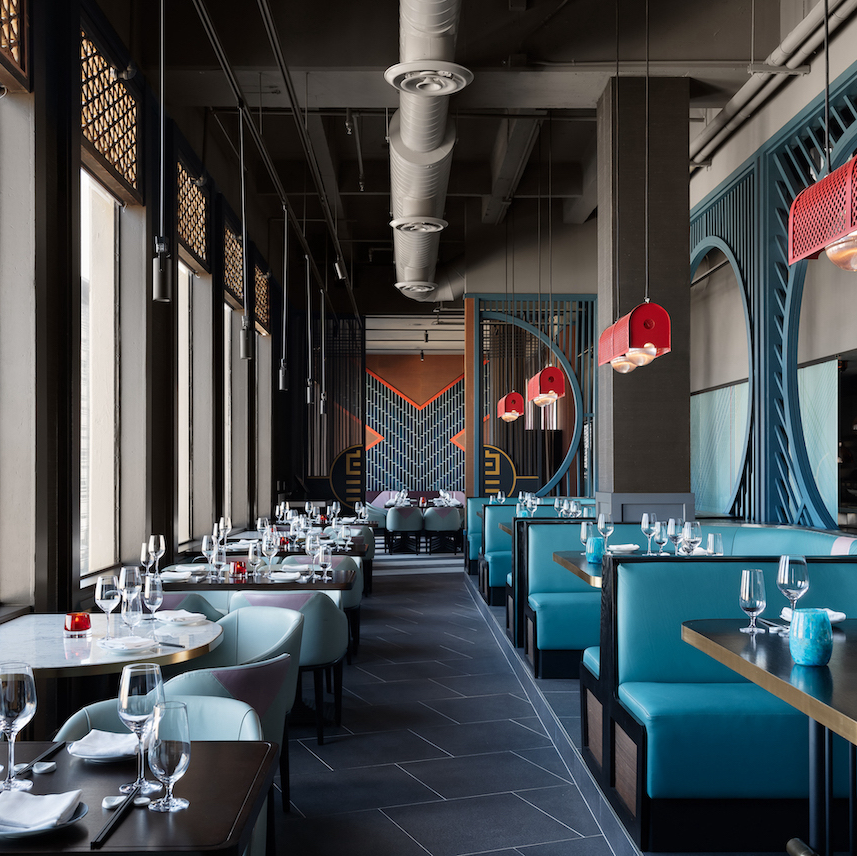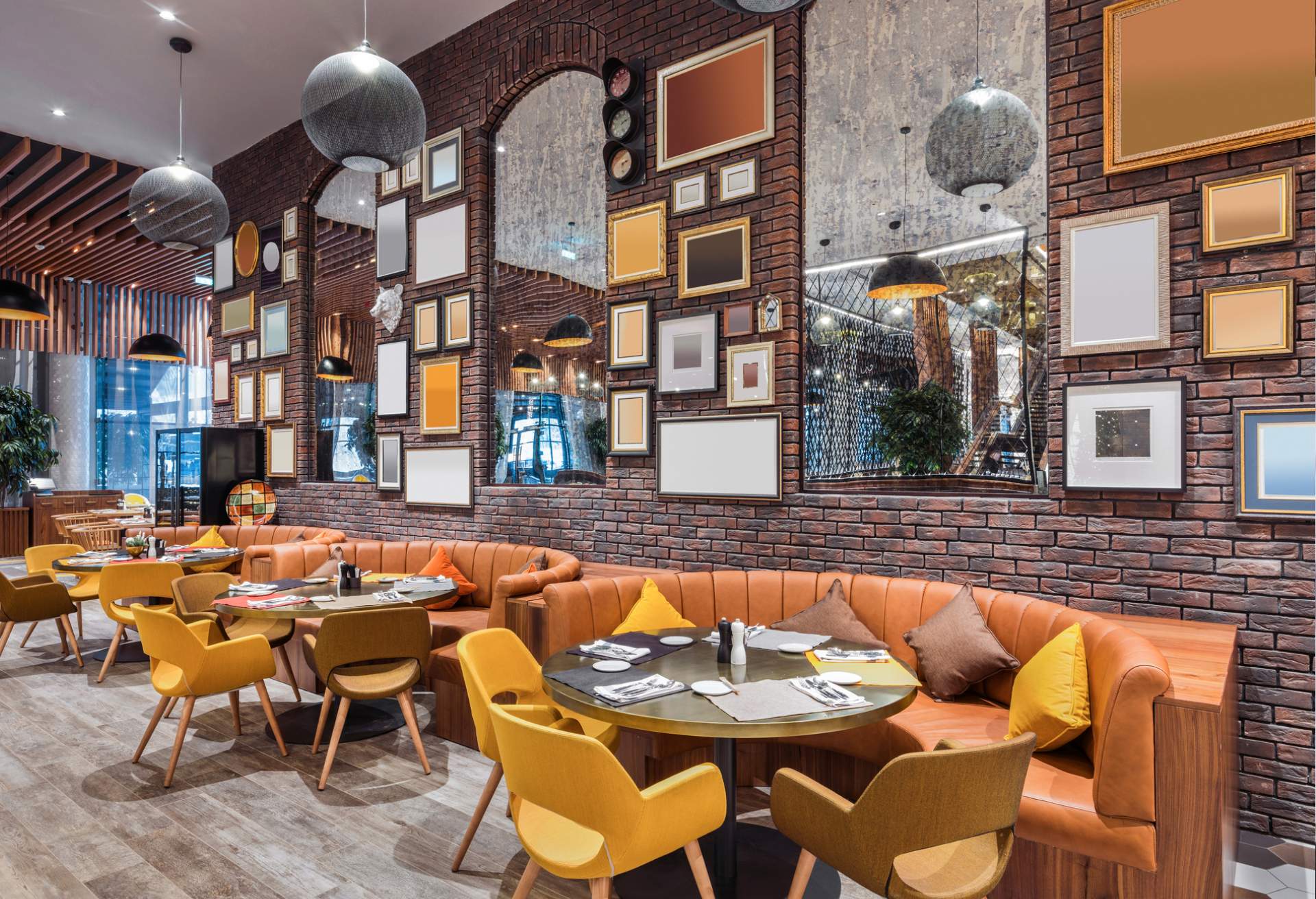Diners are flocking to restaurants more and more these days for memorable dining experiences—not just delicious meals. An experience can be as casual and frequent as a happy hour special or more specialized and seasonal as a holiday tasting menu.
Here, we share best practices for offering successful Experiences on OpenTable, from creating and pricing to strategy and promotion.
Why should you offer an experience?
Experiences give both new and returning guests a compelling reason to dine out, and provide that personal connection we’ve all been missing. Jennifer McDonnell, Director of Events at E3 Chophouse in Nashville, says that offering a unique experience is a great opportunity to give guests a “wow” moment with your restaurant that they truly look forward to, and turn passive guests into engaged guests. “An engaged customer is definitely going to talk about their experience, and share that with their family and friends, or post about it on social media,” she shares, “but they’re also more than likely going to return as well.”
And not only are guests likely to return, but guests who book Experiences are also less likely to no-show, especially when they prepay, providing more control and predictability for your shifts. Knowing which guests are interested in an experience ahead of time can help your restaurant plan ahead better and run smoother shifts.
Choose the right experience to offer
Whether you already have experiences or are looking to add them to your restaurant’s offerings, you can promote special menus, announcements, and more on OpenTable. Experiences give you the flexibility to choose what you offer and when. While occasions like Valentine’s Day, New Year’s Eve, and Mother’s Day are unsurprisingly popular occasions to offer Experiences, 70% of OpenTable Experiences aren’t tied to a holiday season, according to OpenTable reservation data from January to April 2024.
Get the word out about happy hour and complimentary items
To get the word out about a promotion, a happy hour or complimentary item Experience is a great choice. These experiences can drive awareness about unique offerings and inform guests of specials or events, without requiring guests to reserve or book an experience. Put simply, they act as announcements on your restaurant profile and alongside your booking policies when guests make reservations.

Learn how happy hour and complimentary items work.
Stand out with special menus
Special menu experiences, as the name implies, are the perfect fit for traditional offerings such as chef or holiday menus, but can also be used for unique experiences you’d like guests to book ahead of time such as tastings and classes, ticketed wine dinners, or even unique dining settings like an igloo.
This experience type is great for:
- Setting expectations and clearly communicating with guests
- Pre-selling and up-selling experiences
- Forecasting, staffing, and reducing waste
- Requiring prepayment to reduce no-shows and earn money upfront
Learn how special menu Experiences work.
Offering set menus with special menu Experiences not only gives you a predictable revenue stream, but also helps you streamline service and do more with fewer people. Get our tips on designing and marketing a set menu.
Not everything is an Experience
When considering adding Experiences on OpenTable, keep what guests are looking for in mind. Don’t mistake a new menu item, special hours, table types, or delivery offerings as an experience.
If guests’ first impression of your Experiences are things that are not really an experience at all, they are less likely to pay attention to your offerings and dampen excitement for events in the future.
This is your opportunity to delight and connect with your guests around something truly special and different from your standard menu. With limited opportunities to capture your guests’ attention outside of the restaurant, being thoughtful and intentional with what you choose to highlight as an Experience is important.
Determine your prices and prepay requirements
Once you’ve decided the type of experience(s) you’re offering, the next step is to figure out the pricing and whether to require guests to pay in advance. Take into account what other restaurants are charging in your neighborhood and the type of value you’re providing.
Look at neighborhood competition
Take a look at the experiences other restaurants in your neighborhood are offering and how they’re priced. When diners are looking to book with you, they’re likely looking at similar restaurants nearby and comparing them side by side. You want to make sure that you’re priced competitively but also differentiate your experiences. See the types of Experiences that restaurants are running in your area.
Consider having guests pay upfront
Requiring guests to pay in advance for an experience can help bring in more committed and engaged guests and give you the certainty of bookings for that shift. With prepaid experiences, you can also have greater cash flow and control by collecting money upfront and planning ahead with a confirmed number of guests.
“Prepayment decreased our no-show rate for reservations from 10 to 12 percent to 2 percent of covers, which is very good for us,” says Alex Rudolf, food and beverage director at Lucille at Drury Lane.
When guests select an experience, even if it’s not prepaid, they are less likely to no-show, since they’re more engaged and committed. Compared to all reservations, no-show rates for experiences are significantly lower with parties for pre-paid experiences no showing less than 2% of the time, and parties for non-prepaid experiences no-showing less than 5% of the time. *
Calculating the price listed on OpenTable
When you create an Experience on OpenTable, you have the option to customize your price “per person” or “per party.” With “per person” pricing, for example, you have the flexibility to set different prices for adults and children, allowing you to cater to a diverse range of guests. You can even create up to 20 per-person price options, each with its own title and description.
For “per party” pricing, for example, you can offer a special group-only menu for a single price.
All prices can have their own taxes/fees, and each Experience can have its own set gratuity percentage.
Show off your experience with a catchy title and description
How you describe your experience can be just as important as your menu. Think of it as an opportunity to catch the attention of people and set accurate expectations. Consider these top tips when writing the name and description of your experience.
- Highlight what’s unique and special about your offering. People are looking for access to exclusive, limited, must-try experiences. Avoid generic titles like “Happy hour” and opt for more descriptive and unique titles. Don’t just list menu items—include details or highlights about your menu in the description that will entice diners to book without giving too much detail.
- Keep it short. The fewer words you use, the better.
- Provide a detailed menu for prepaid experiences and high-value offerings. When guests pay in advance or for a high-value experience, they want to know what they’re paying for and what’s included before they book. Provide a detailed menu, or at least a comparable sample menu, and be clear on exactly what is and what is not included in the price.
- Be mobile-minded. 62% of online Experiences bookings are made from mobile apps, according to OpenTable Experiences reservation data in the U.S. and Canada from July to October 2020. So make your description mobile-friendly: the first 100 characters is all people might see without expanding the view, so make those characters count.
- Draft and save your experience description before uploading it. Keeping a record of past experience details in a Google or Word document can come in handy when drafting future event descriptions or when evaluating your event’s performance. Over time, just as with your menu, you’ll recognize the messaging that resonates best with your guests.
Promote and market your experiences
You’ve created your experience and now it’s time to get the word out to bring diners in. Promote your experiences across all of your marketing channels. Highlight them on your website with your OpenTable booking widget, email them to prior guests and VIPs, promote them across your social channels, and mention them in your in-restaurant marketing materials.
To get even more eyes on your experience in OpenTable search results, you can add a boost campaign, resulting in more bookings and revenue for your restaurant.
Be strategic with your experiences
Experiences offer a myriad of benefits for both diners and your restaurant, but before adding experiences, make sure it’s a good business decision. In short, don’t offer an experience just for the sake of it. Be strategic in what you offer when, so you bring in incremental covers and revenue—and don’t cannibalize what you already have.
- Test, and keep testing ‘til you get it right. Some things will work on the first try, while others will require some trial and error to build upon what works and learn from what doesn’t.
- Go off menu. Guests are looking for new and interesting ways to experience restaurants. Consider other ways to engage with guests, or package up what you already do into a unique offering: “Hot Date Package: cocktails on the verandah and kitchen tour.”
- Earn revenue during off-dining hours. If your restaurant is closed for certain services, it could be a worthwhile opportunity to offer an experience to earn extra revenue. Consider early afternoon tastings or classes, etc. that require minimal setup and staff, but pay out big in guest delight.
- Experiment with running multiple experiences at once. Consider offering different types of experiences at the same time, such as $1 oysters, a 3-course set menu, and a free dessert for early bird dinner. This will help you identify the experiences your guests want.
- Define success for your experiences. To tell if an experience is working, you need to be able to measure its success. Clearly define what you hope to achieve by offering an experience, and identify key results you can use to measure success, such as increasing daily revenue by 20% or reducing the number of servers on a Friday night.
*OpenTable reservation and no show data (US, July 8 to September 3, 2020)




